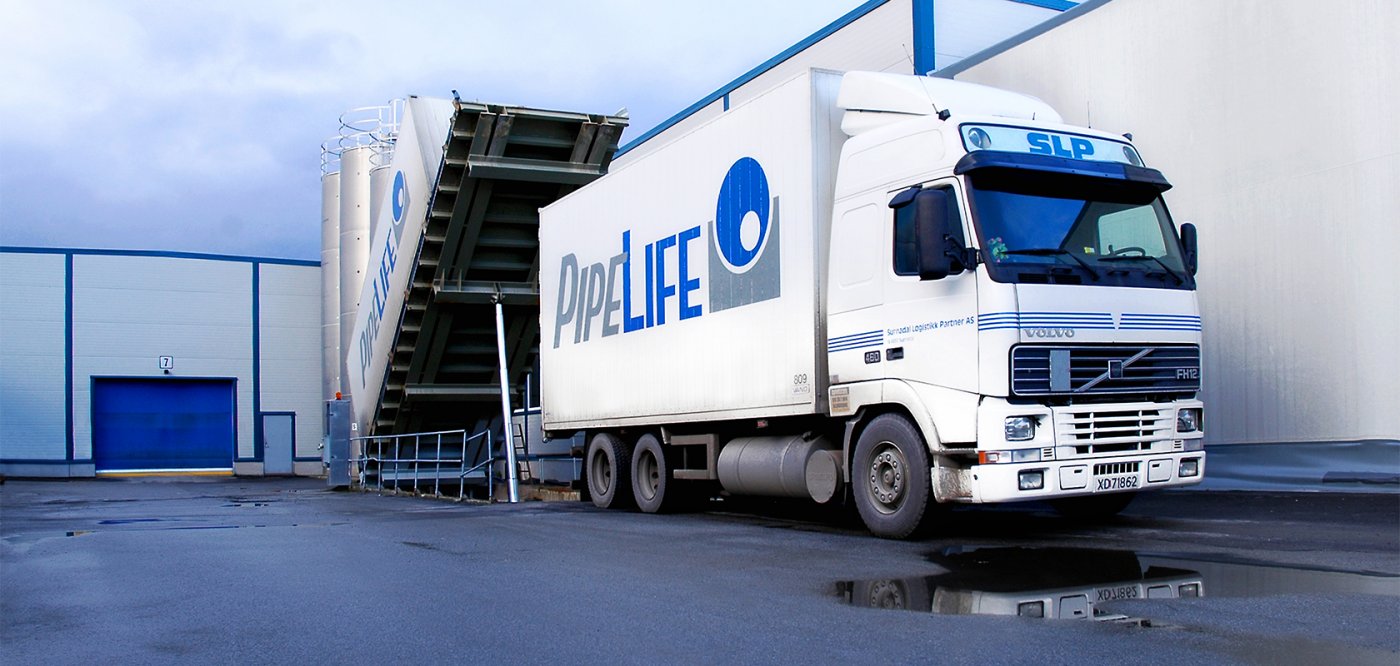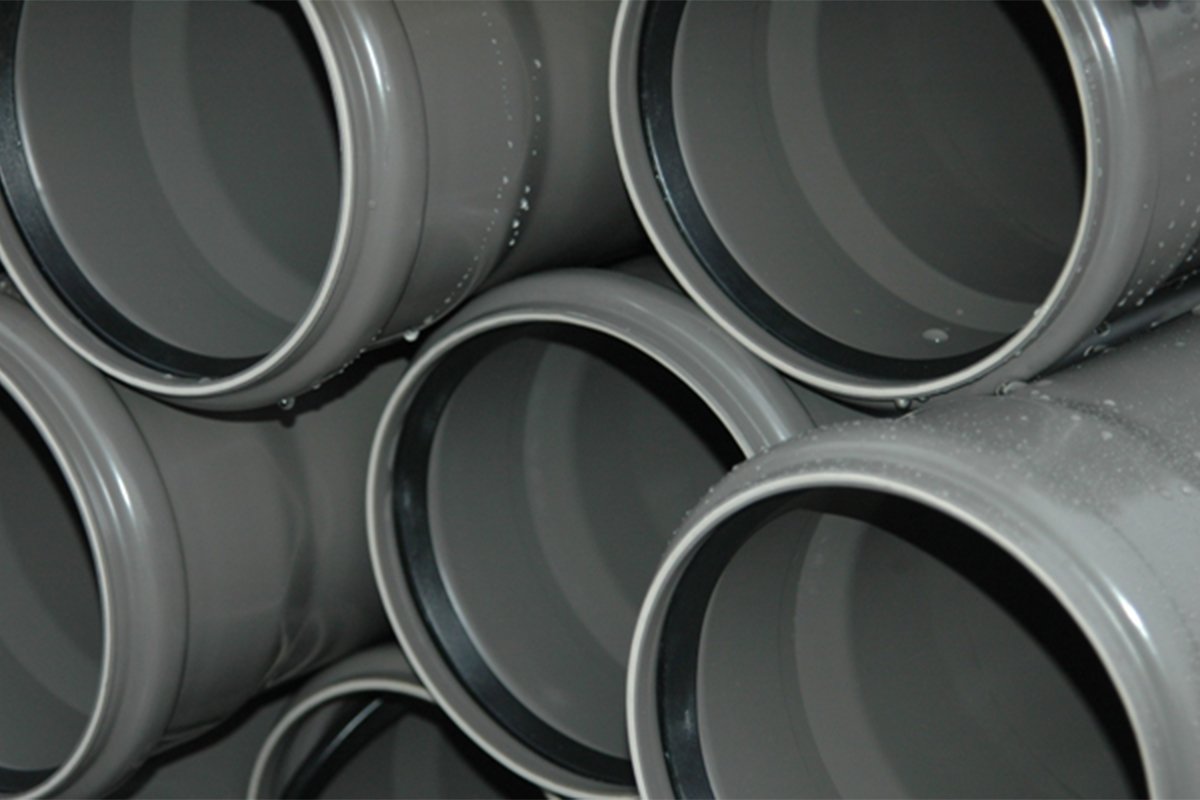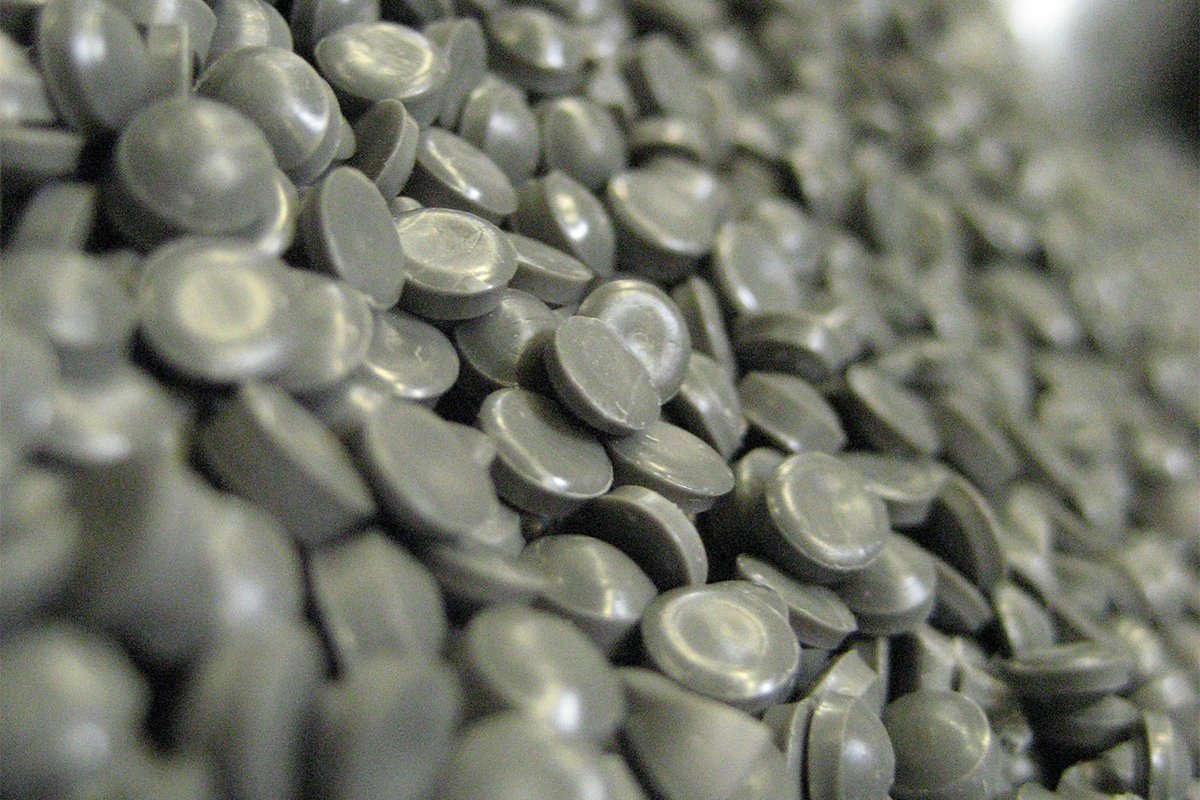Pipelife is one of the largest players in the plastic pipes, fittings and wells market. As such, it has a major influence on circularity in the PVC industry. "Our aim is to be 100% recyclate-based by 2030." The time is right.
Pipelife has 26 offices in Europe and the United States and employees 2,700 people. In 2016, revenue amounted to EUR 853 million. Pipeline is a subsidiary of the Wienerberger group, with a yearly revenue of EUR 3 billion. Pipeline Nederland is the largest supplier for gas pipeline distribution and is one of the main suppliers of water pipes, pvc tubes, sewer pipes and infiltration technology.


How to take belief from policy to practice
Mark van Loon, CEO of Pipelife Nederland believes strongly in circularity. He is a member of government working groups committed to circularity, but has also managed to achieve concrete results. “We have a clear focus on sustainability, which is a key part of our strategy and has been translated into various programmes. To give a specific example, our PVC sewer pipes now consist of 50% recyclate. We are the first company in the Netherlands certified to add 50%, rather than 40% recyclate.” About 25% of all products that leave our Enkhuizen branch are made of recyclate, the result of close cooperation between Pifelife and Van Werken.

"Presently, about 25% of Pipelife products are made from recycled plastics. Van Loon is convinced that it should be 100% by 2030."
Footprint
Van Loon that the industry has to start getting serious about re-usage. "Plastic starts with petroleum. A PCV tube has a proven 100-year lifespan, which actually makes them rather sustainable. However, it still involves taking something from nature and making a footprint. We’re still not paying the right price for energy and everything that uses energy, because environmental pollution is not taken into account when setting the price. I believe we have to take our responsibility, and fortunately our policy is appreciated by our customers, including utility companies and municipalities.”
This changing attitude among customers and the industry itself is the greatest proof that the time is right for fully circular operations.
Practical considerations
“We’re used to working with virgin raw materials, though, so that’s easier”, Van Loon says. “That means we need a lot of conviction to push through any practical challenges.” Take the intermediate layer in Pipelife’s PVC tubes: it’s made of recyclate, with the outer layers made of virgin material. “Recyclate has different properties. The intermediate layer is a foam layer, because you want thickness without adding much mass. The process is different, it requires a different package of additives and has a different application. Fortunately, we can be sure that newly engineered materials will be the same in 6 months’ time. Van Werven recyclate is of high quality and comes in large volumes. “We’ve done very well to reduce inconsistencies over the past years.”
“The entire chain of production is changing, from quality standards to the way people in our factories handle the materials.” The silo park is now being adapted to make place for a new stream of raw materials, and so on. There’s a lot of things that have to change, and generally speaking people are rather averse to change.” As such, creating support throughout the organisation is a key precondition for success. Van Werven and Pipelife try do so by organising mutual company visits, for example. “9 times out of 10, that leads to a lot of understanding and trust, as well as lots of great ideas.”
To 100%
“Yes, there’s a long way to go, especially in terms of technological developments, or quality standards, for example. With gas pipes, for instance, people are right to be concerned about whether they will be strong and stiff enough, and whether they won’t spring a leak somewhere. If we can prove that’s not the case together with Van Werven, supported by long-term KIWA research, we can get started on the implementation phase.
Presently, about 25% of Pipelife products are made from recycled plastics. Van Loon is convinced that it should be 100% by 2030. So there’s still a lot to be done. “We’re going down our list of priorities based on volumes, opportunities and feasibility. In the short term, cable protection is a realistic step, with drinking water and gas coming at the end. All progress has to be made step by step and in collaboration with others.
Interim phase
“In the meantime, it’s possible to work with multi-layer systems. Water pipes, for example, could have an interior layer made from virgin materials - with an eye on water hygiene - and an outer layer made from recyclate, due to its more structural function. We can’t do everything at once, and nothing is easy, but it’s definitely possible.
"I believe we have to take our responsibility, and fortunately our policy is appreciated by our customers, including utility companies and municipalities.”
A task for waste processors
Ultimately, Van Loon believes that Pipelife, and even the whole PVC industry could be 100% circular. Getting there, however, requires more than just the efforts of industry: waste collectors also have to contribute. 100% of industrial PVC material is now reintroduced into the chain, but for the rest of the Netherlands, that’s only 10%. 90% of all PVC currently makes its way into residual waste, or isn’t separated by waste processors, which means it is incinerated, rather than re-used.

